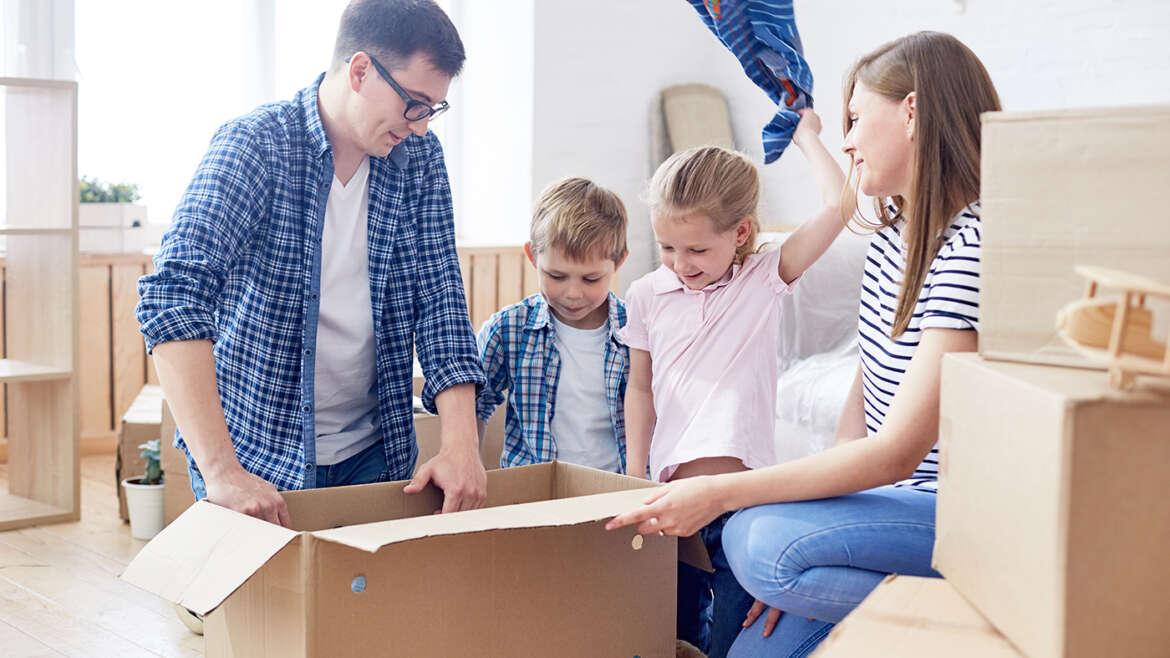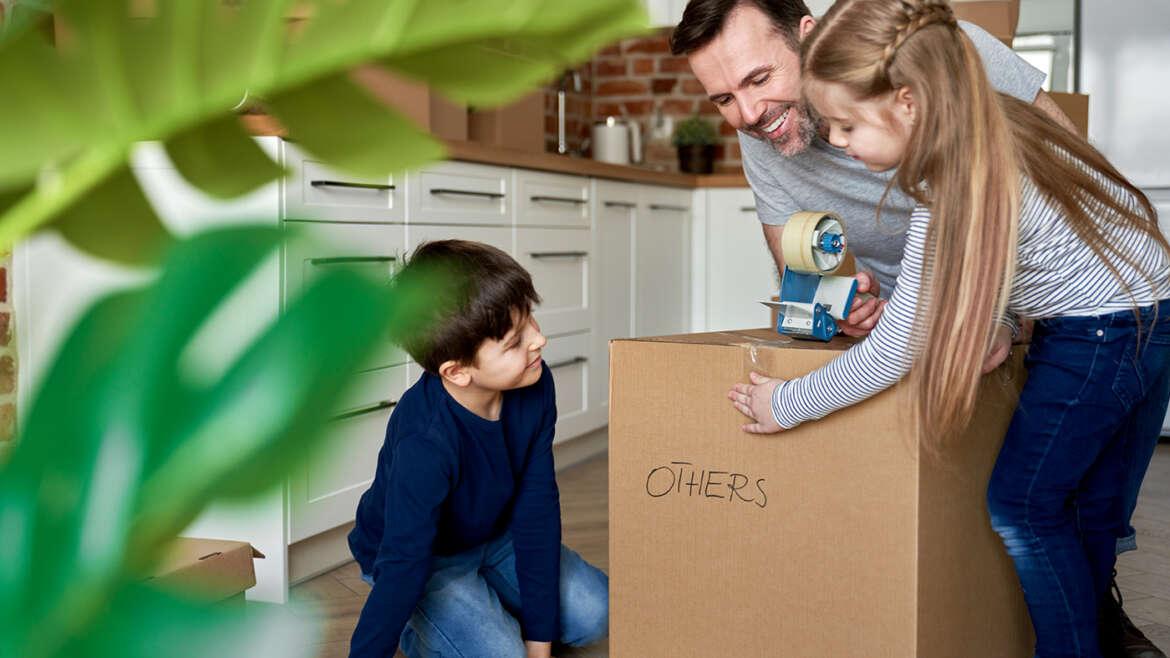Moving from one place to another is a difficult step. Even more so when you are moving with kids. You not only have to ensure all your stuff gets to the new place safely, but also make your kids understand why moving was necessary. Moving is particularly stressful for children as they have to let go of a lot of things they hold dearly, especially their friends and school. But with a little care you can help make this transition a lot less stressful for them.
Tips for Moving with your Kids
As humans, most of us like to stick to our routine. Moving disrupts that routine so we are not usually receptive towards such a step. But often things are not in our hands, so we have to change places. The move is easy to digest for elders but for kids who are still young and naïve, understanding the situation is a little complicated. Here we discuss a few tips for moving with kids. With these moving house tips and tricks, you can make the transition a tad easier for yourself and your younger one:
How To Tell Your Kids They Are Moving
The most important thing to do is to maintain open communication with the children. Try to share as much information with the kids as possible. Listen to their questions carefully and give complete and honest answers. Be ready for the reaction as well. They may not be receptive to the idea no matter how credible an explanation you give. No matter what, keep in mind that they are still kids and they do not understand the situation that has led you to make this decision.

How to Pack with Your Kids
Involve your kids in the whole packing and moving process to divert their attention. Kids usually enjoy taking responsibility as it gives them a sense of authority. Tell them to pack up all their books and games among other smaller items. With a little guidance, kids can help you weed out all the useless junk that is not worth carrying to the new place. For example, you can create a fun activity by setting up a toy store with all their toys and giving them sticky notes to pay for the toys they like the most. This can help you get rid of the toys the kids don’t really like anyway. Moreover, you can make the whole activity fun for them by using their obsession with boxes. You can let them play with some of the boxes, covering them with blankets to make caves while you carry on packing your stuff nearby.
Storage for Outgrown Toys and Clothes
Parents develop a sense of attachment with old toys of their kids. They think that the children would want to take a look at them when they grow old. They think that the children will appreciate them holding on to these things as an indicator of the importance they hold.
But while moving, it is important that you let go of the unnecessary items. Children will not remember each and every toy of theirs. So it is better that you sort through the ones they like the most. A good way to do this is to ask your kids which of their toys they would like to donate to the kids that do not have many of them. For packing toys you want to keep that the children have outgrown, it is a good idea to sort them according to categories. For example, you can keep all the cartoon characters in one place and craft items in another. Use separate boxes for each of them.

Age-by-Age Guide for Moving
Moving with school-age kids is very different from moving with toddlers. Here is an age-by-age guide for how to move with kids:
Moving with Toddlers: Toddlers and kids less than the age of 6 years are the easiest to move with. They do not have much understanding of their surroundings and so have attachment with parents and other people only. But for toddlers that have developed some know-how of their surroundings, your guidance is important. So, if your new place is close to the current one, take them with you a few times along with some toys to develop a sense of familiarity for the place. Develop a story to explain the move in a reassuring manner. It is better to carry the kids’ current room furniture to the new place. It will provide a sense of comfort in the new house. Even better would be to arrange everything in the same setting as it is in the old room.
Moving with School-Age Kids: Elementary school kids may be a little more receptive to the move. But you still have to help them with the transition. Here moving in the summer season may have a different effect than moving in winters. Moving in summer will minimize the disruption in their studies. On the other hand, moving in winters, ideally during the holiday season, will help them know other kids in the new neighborhood. To avoid any issues later on, gather all the documents their new school will need to process their transfer including their report cards and other relevant documents.
Moving with Teens: Teens are perhaps the most difficult to move with. Most of them have developed a particular social group they do not want to leave. It is very important to let the teens know that you understand their problems and respect their concerns. A good way to present the idea is to let them know that the move will prepare them for their future life. Moving right now may help them get ready for the transition to college life. Let them know that you will visit the old place from time to time so they can meet with their old friends. Things may be particularly difficult if the kid is in their last year of high school. In such cases, it may be a good idea to let them stay with a friend or a neighbor until they graduate.
You can also read our articles:
